Article
Go for the Glory Quiz: Osteoporosis
Test your skills about the diagnosis and treatment of osteoporosis in this brief quiz offered by Nancy Lane MD.

1. Other than women with chronic use of glucocorticoids, for which of the following women would it be justified to measure bone mass, according to the 2011 USPSTF guidelines on bone density screening?
? A 52-year-old smoker with a BMI below 21 kg/m2 who drinks alcohol daily
? A 55-year-old nonsmoker with a parental history of hip fracture
? A 60-year-old smoker who drinks alcohol daily
? All of the above
Correct response: All of the above. Smoking, alcohol use, parental history of hip fracture, and low body mass are all risk factors for osteoporosis, in addition to age.
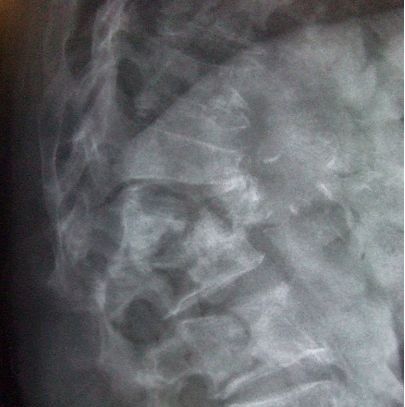
2. In a DXA scan on a woman with a past vertebral fracture, it is essential to include imaging of the fractured vertebra for future comparisons. True or false?
False. Fractured vertebrae show increased bone density, which will be misleading in a DXA scan.
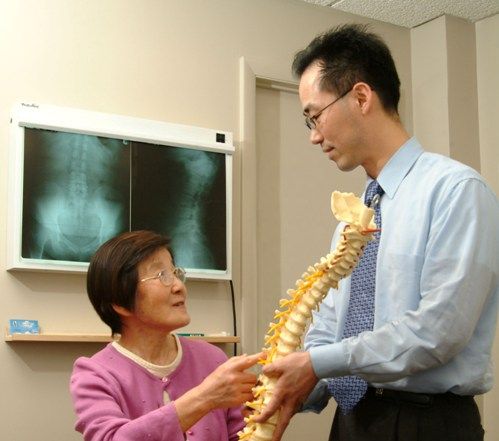
3. While the FRAX score is a reliable indicator of the need to treat low bone density, it is not a complete indicator of fracture risk. Name 3 important risk factors for osteoporotic fracture that are not included in the FRAX score.See the correct responses.
Possible correct responses:
? History of falls
? Frailty
? Bone turnover
? Kidney disease
? Bone quality factors (cortical porosity, bone thickness, trabecular separation)
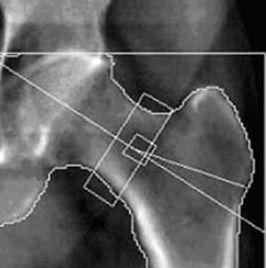
4. How often should you repeat a bone density scan on a patient who is taking corticosteroids consistently for an inflammatory disorder?
? Every year
? Every 2 years
? Every 5 years
For patients taking corticosteroids routinely, bone density scans should be repeated every 2 years.

5. True or false: Useful terms such as “mild,” “moderate,” or “marked” should always be included in a DXA report.See the correct answer.
False. These adjectives are nonspecific, are difficult to interpret, and may cause undue concern if the patient sees the report. Unless you have quantitative information for comparison that shows significant bone loss, you should avoid using adjectives such as these. In the case of a patient with T score below 2.5 and a history of fracture, it is acceptable to record descriptions such as “severe” or “established” osteoporosis.
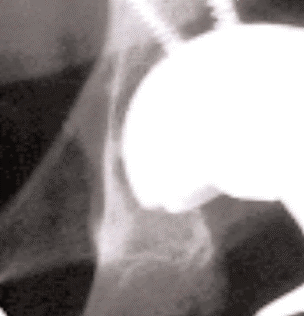
6. True or false: Calcitonin or raloxifene are not good choices to treat a woman with low bone density in order to prevent hip fracture.
True. These drugs are only effective to improve bone density in the spine.
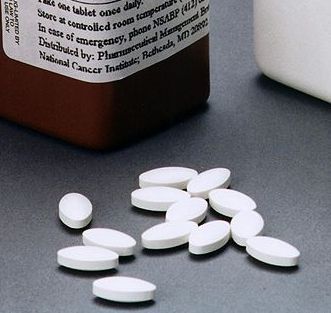
7. True or false: There is no clear guidance on the question of how long a patient with osteoporosis should continue taking bisphosphonates.
See the correct answer.
False.
See Whitaker M, Guo J, Kehoe T and Benson G. Biphosphonates for Osteoporosis – Where Do We Go from Here? New Engl J Med (2012) 366:2048-2051
“[P]atients at low risk for fracture (e.g., younger patients without a fracture history and with a bone mineral density approaching normal) may prove to be good candidates for discontinuation of bisphosphonate therapy after 3 to 5 years, whereas patients at increased risk for fracture (e.g., older patients with a history of fracture and a bone mineral density remaining in the osteoporotic range) may benefit further from continued bisphosphonate therapy.”
(The authors are from the FDA’s Office of New Drugs and Center for Drug Evaluation and Research.)




